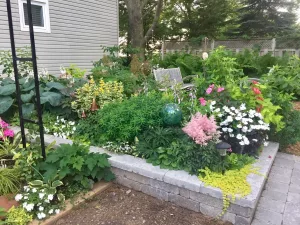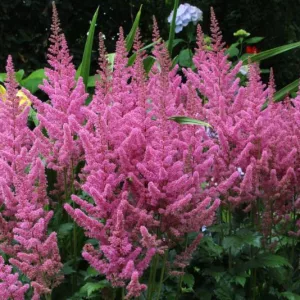Each garden space is as unique as the person creating it.
The first element of its design should be function. Why do you want this space and what are you going to use it for?
A garden is never static. It’s always growing and evolving. An intimate space you plan in your early 20’s could look very different than the one you want in senior years.
Here are some questions to ask:
- public or private
- in a sunny warm spot or a cool shady one
- close to the house or in a secluded area
- what size of space do you require
- is a structure desirable
- do you need power and/or a water source here
- is a smooth hard surface needed
- is a sitting area necessary
- is it a task-oriented area or is relaxation the goal
- what plants do you want to add
- what colours are your favourites: warm colours add energy and cool colours subdue
- do you want to attract wildlife
- are their any other considerations important to you
The answers to these questions will act as a design guideline for any outdoor space you plan.
If you equate each area you design to a room in your house, consider walls, a ceiling, floors, hallways and doors.
Fences, hedges, garden borders and shrub plantings can be the walls used to add privacy and provide shelter from prevailing winds.
A ceiling can be as simple as the overhead canopy of a mature tree or umbrella. Structures such as gazebos, pergolas, arbours, awnings, overhangs from an adjacent building, cover porches or decks may do the trick.
You may choose to construct a patio or deck as the floor using various hard materials. Or you can have a soft surface using a mulched area or lawn.
The path to your intimate space may be a hard surface, lawn or mulch path, depending on your needs and how often you will be going there.
If you want to completely enclose the space or limit access, you can add a gate. Otherwise, you could build it offset from the entrance through a fence, hedge or border garden.
You may plan several spaces throughout your property to serve various purposes too!




